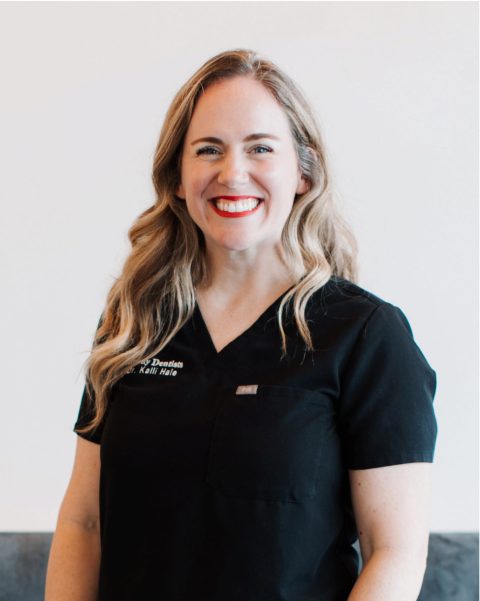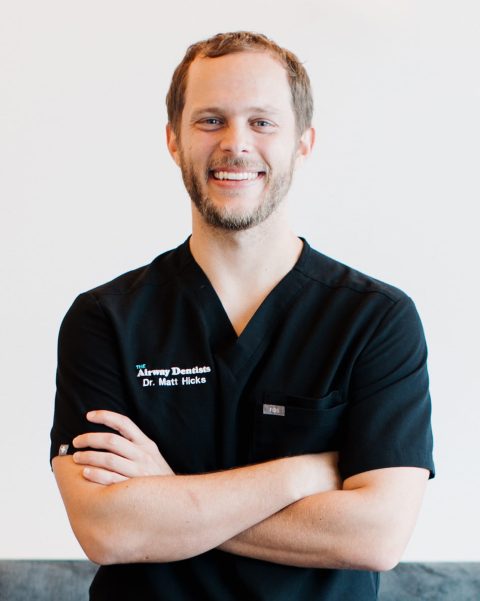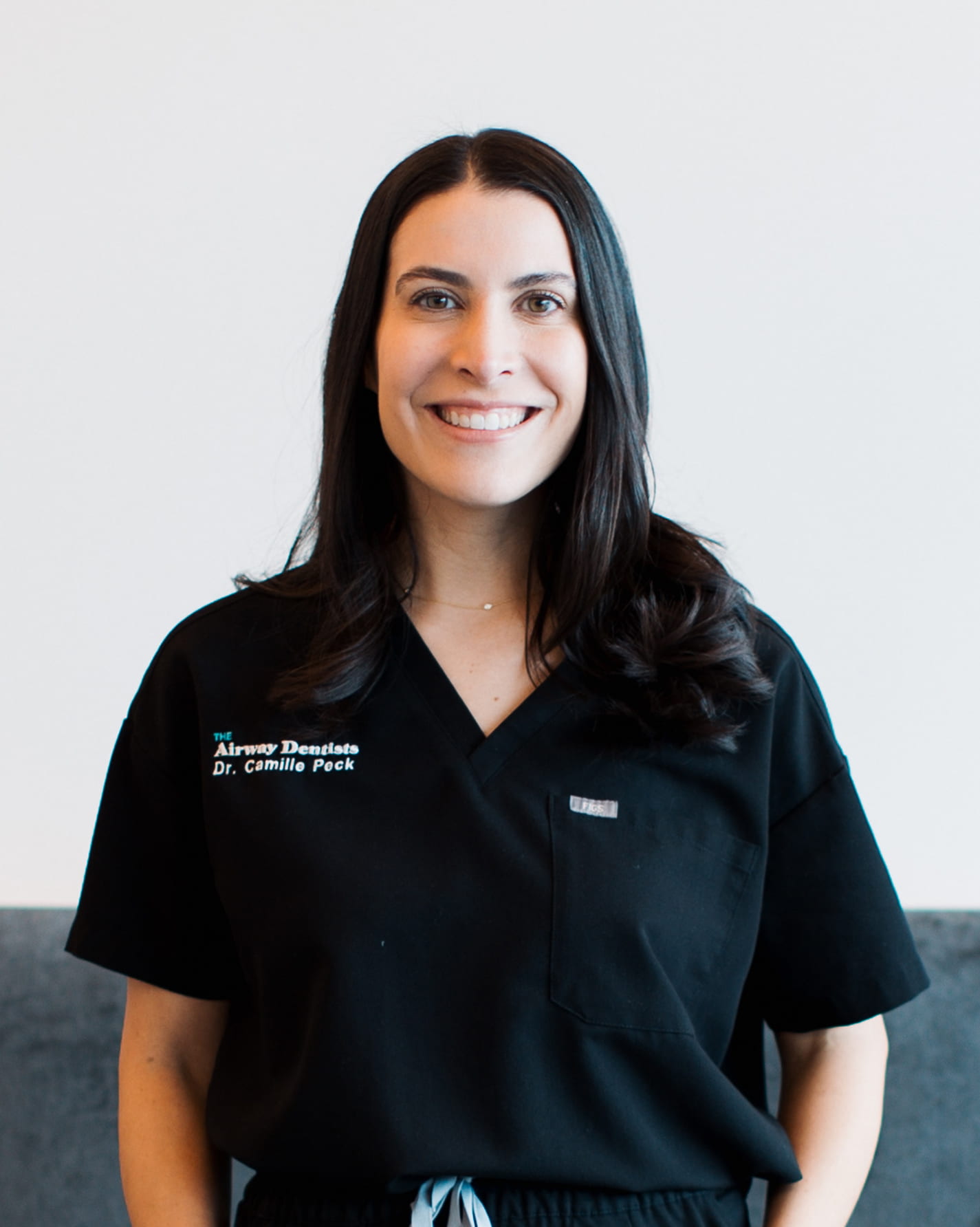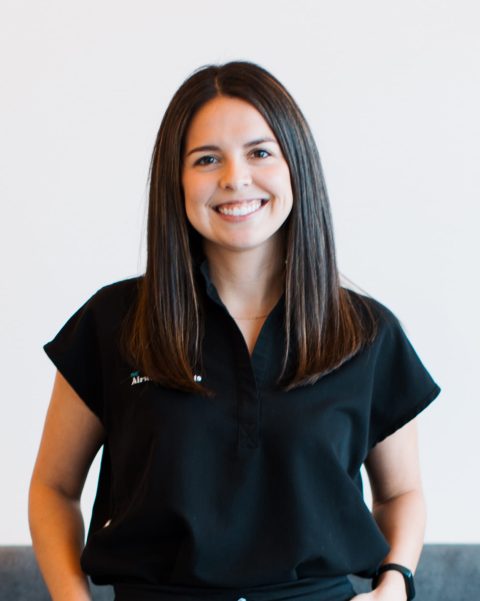Big dreams begin with deep sleep.
PEDIATRIC SLEEP APNEA IN HOUSTON, TX
Change the possibilities.
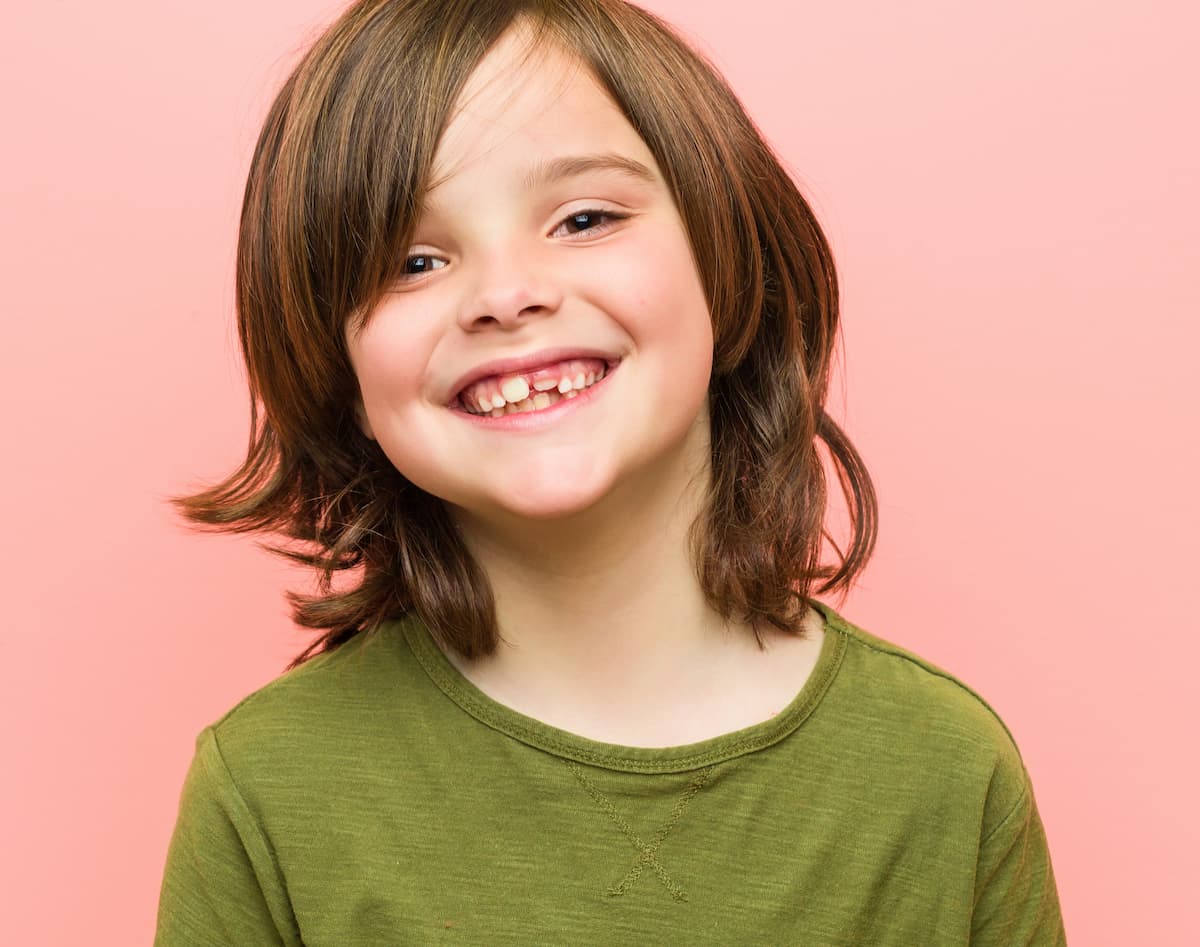
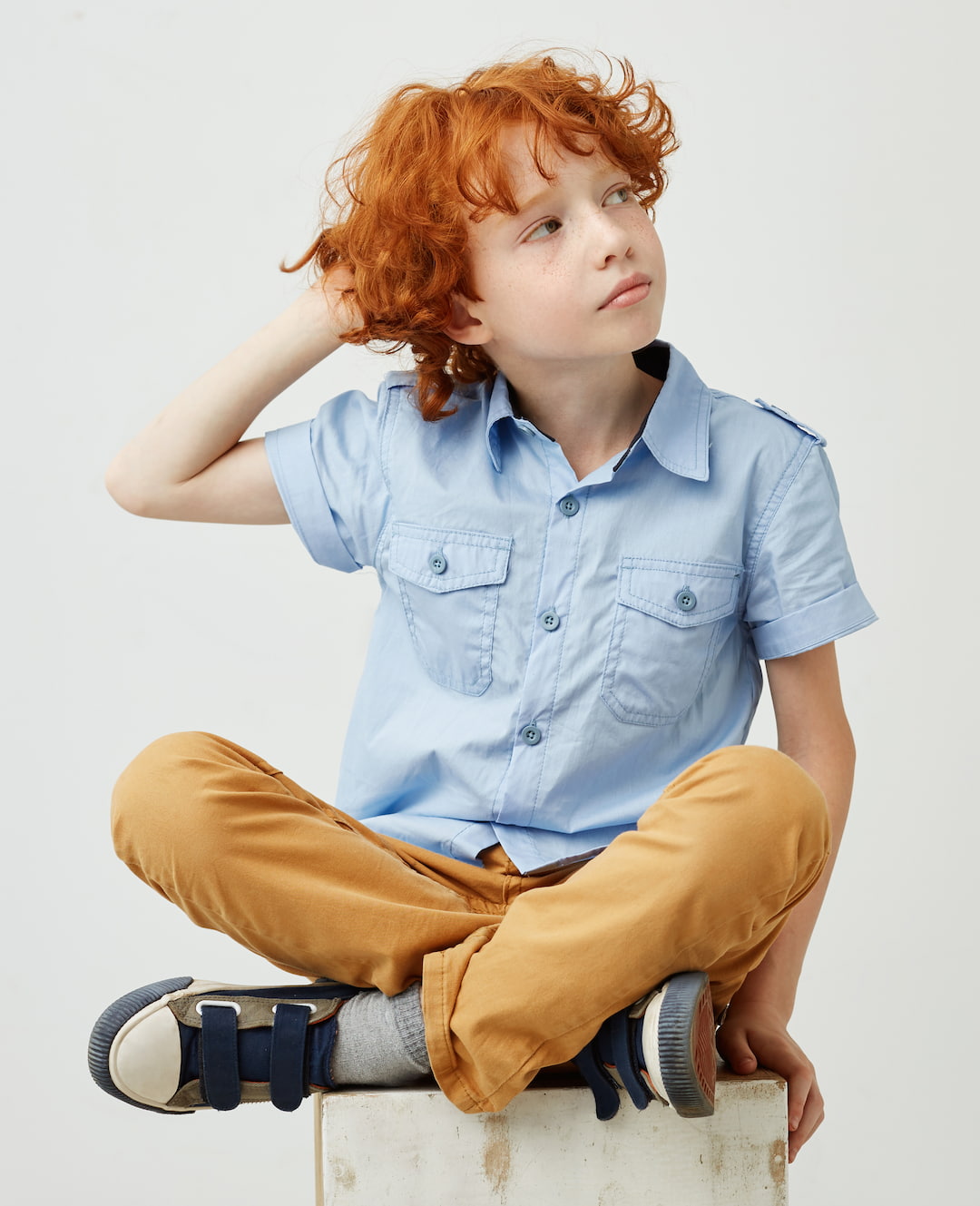
Does your child have crowded teeth, snore, or show signs of hyperactivity or inattention?
SYMPTOMS OF SLEEP-DISORDERED BREATHING IN CHILDREN
These may be signs of sleep-disordered breathing (SDB)—a condition that can impact a child’s growth, focus, and overall well-being.
At The Airway Dentists, we specialize in helping children as young as three by identifying and addressing the root causes of SDB. Below, you’ll find an overview of common symptoms, potential causes, and why these issues affect your child’s breathing and sleep quality.
- Symptom
Behavioral issues / ADHD
- Root cause
An effect on the body from sleep apnea
- Why/How
Sleep disruption can manifest in kids as hyperactivity and impulsivity
- Symptom
Mouth breathing
- Root cause
A blocked airway
- Why/How
The body’s defense mechanism to not taking in enough air through the nose (a la panting after a run) due to a constricted airway
- Symptom
Bedwetting
- Root cause
An effect on the body from sleep apnea
- Why/How
During sleep apnea, excessive carbon dioxide in the blood causes body to wake up and reopen airway
- Symptom
Snoring
- Root cause
A blocked airway
- Why/How
Soft tissue and tongue collapse into the airway during sleep and inhaled air vibrates against this relaxed, floppy tissue
- Symptom
Crowded teeth
- Root cause
An underdeveloped airway
- Why/How
Small jaws and arches leave too little room for teeth to line up properly, causing crowding
- Symptom
Gasping, halting breath while sleeping
- Root cause
A blocked airway
- Why/How
Body compensating for obstructed airway
- Symptom
Daytime sleepiness
- Root cause
An effect on the body from sleep apnea
- Why/How
Sleep disruption causes daytime sleepiness
- Symptom
Night terrors
- Root cause
An effect on the body from sleep apnea
- Why/How
When the body wakes up to take a breath during an apneatic event, this arousal can cause night terrors
- Symptom
Teeth grinding
- Root cause
A bodily defense mechanism to sleep apnea
- Why/How
The body clearing soft tissue from the airway and waking itself up during an apneatic event
- Symptom
Poor school performance
- Root cause
An effect on the body from sleep apnea
- Why/How
Poor sleep and OSA have demonstrable effects on memory, cognitive recruitment, and test scores
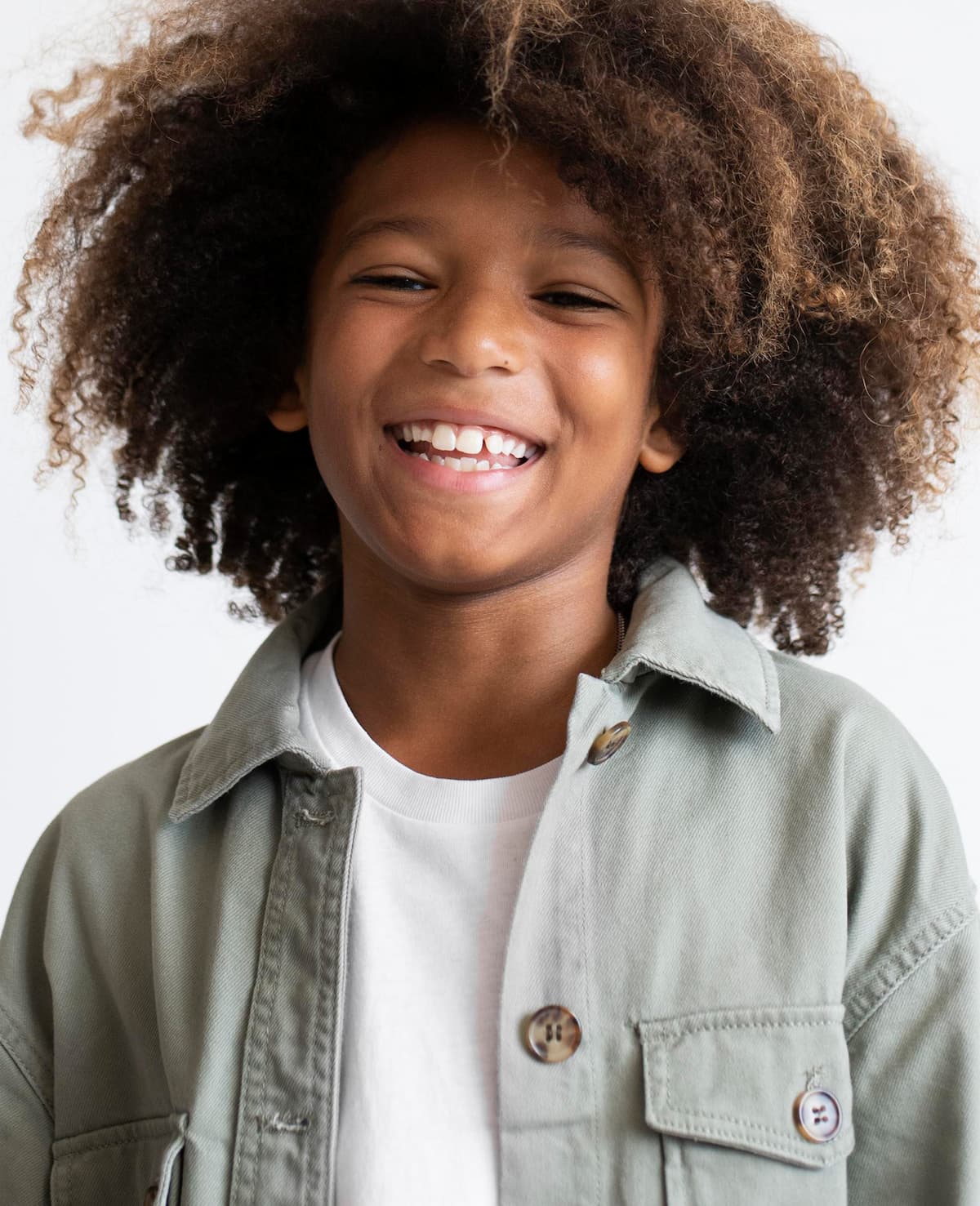
Guided Growth and Development from the Start
HOW AIRWAY DENTISTRY CAN HELP YOUR CHILD
Let your child’s body find its proper function instead of masking symptoms with pharmaceuticals.
Thrive in school and sports with better sleep
Eliminate nighttime disruptions
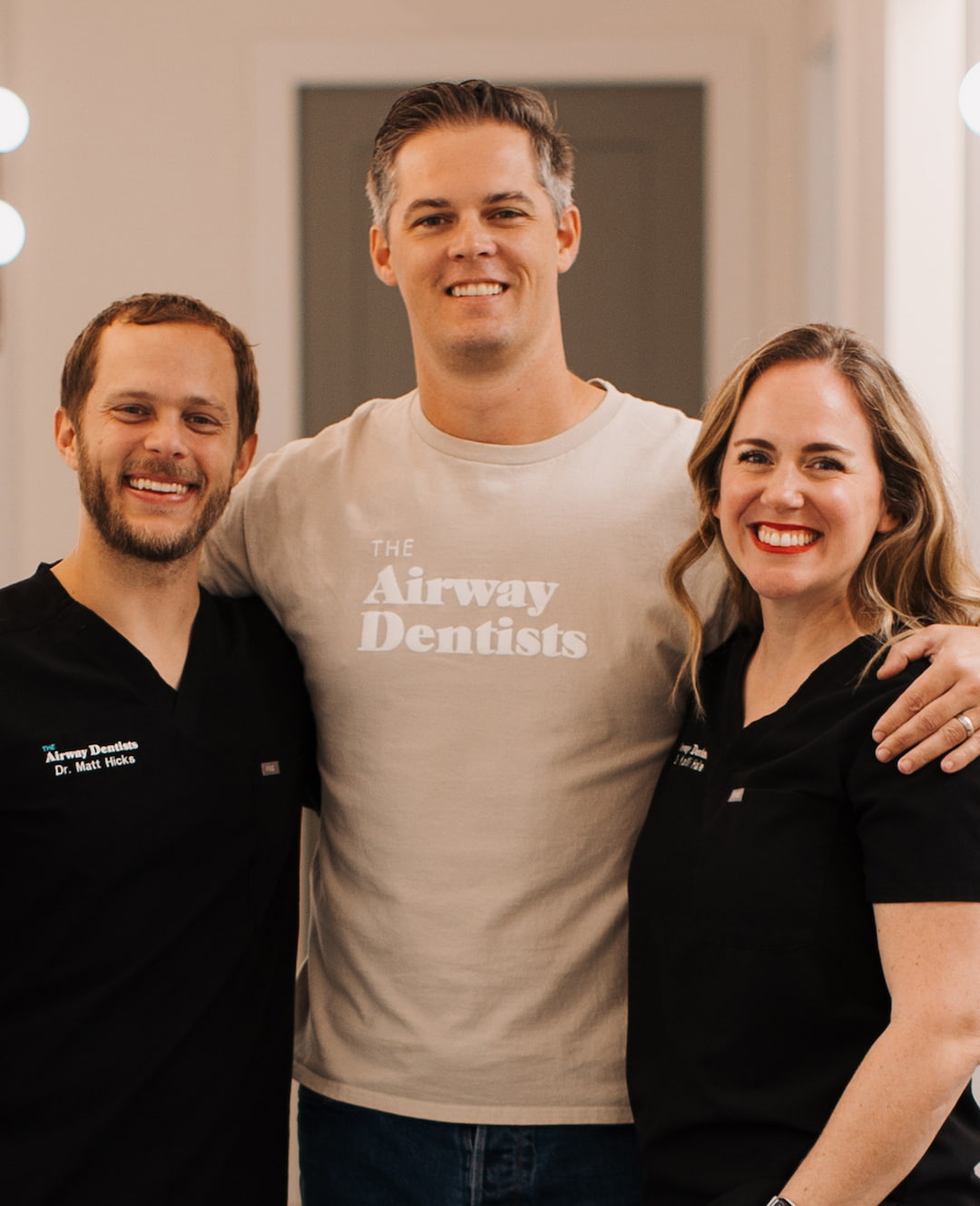
WHY CHOOSE THE AIRWAY DENTISTS?
We’re Leading the Revolution in Sleep Dentistry
Solving sleep mysteries with big-picture thinking
Our mission is to rid the world of sleep-disordered breathing
We’ve been making big, broad, Texan smiles for a decade!
Treatment Options for Your Child
solutions for sleep-disordered breathing
Invisalign®
Invisalign can be used to address orthodontic issues such as a small jaw and crowding, which may affect a child’s breathing during sleep. Invisalign is a series of clear, removable trays, worn all day and night except when eating, brushing, and flossing. By creating more room for the teeth, we create more room for the tongue, so that it does not fall back and restrict the airway during sleep.
Tongue Tie Treatment
A lingual frenulum (a “tongue tie”) is present in all people but some are much more restrictive than others. A child’s ability to elevate his or her tongue properly, which facilitates breast feeding and jaw development, can be impeded by a severe tongue tie. We can solve this problem (the earlier the better!) with a simple procedure that frees the tongue from the tied tissue with a laser and myofunctional therapy.
Removable Habit Corrector
We use a removable nighttime device that corrects and supports healthy jaw development, promotes nasal breathing, and addresses the underlying reasons for crowded teeth.
This treatment is most beneficial for children starting at age 3 and consists of wearing the appliance while sleeping (and some during the day). The device aids in natural growth and development, reducing the symptoms of sleep apnea through guided airway expansion.Fixed Expander
The palate (or roof of the mouth) can be enlarged with palatal expansion. A specialized dental device called an expander helps your child's jaw and palate gradually enlarge, promoting the best possible orofacial growth. A key is inserted to turn the device and gently widen the airway. The larger airway facilitates nasal breathing, and provides enough space for adult teeth to erupt without crowding. When permanent teeth erupt in the correct position, this reduces the need for future orthodontic treatment. A key difference between traditional orthodontics & The Airway Dentists techniques is the use of a lower fixed expander. An upper expander alone has been proven to fail and our treatment protocols ensure a lifetime of stable expansion.
Myofunctional Therapy
Myofunctional therapy is a program used to correct the improper function of the tongue and orofacial muscles. This therapy, conducted by a certified oromyofunctional therapist, strengthens the tongue and orofacial muscles. These exercises are designed to improve issues with talking, eating or breathing. Research has shown that this is an effective treatment method for sleep-disordered breathing.
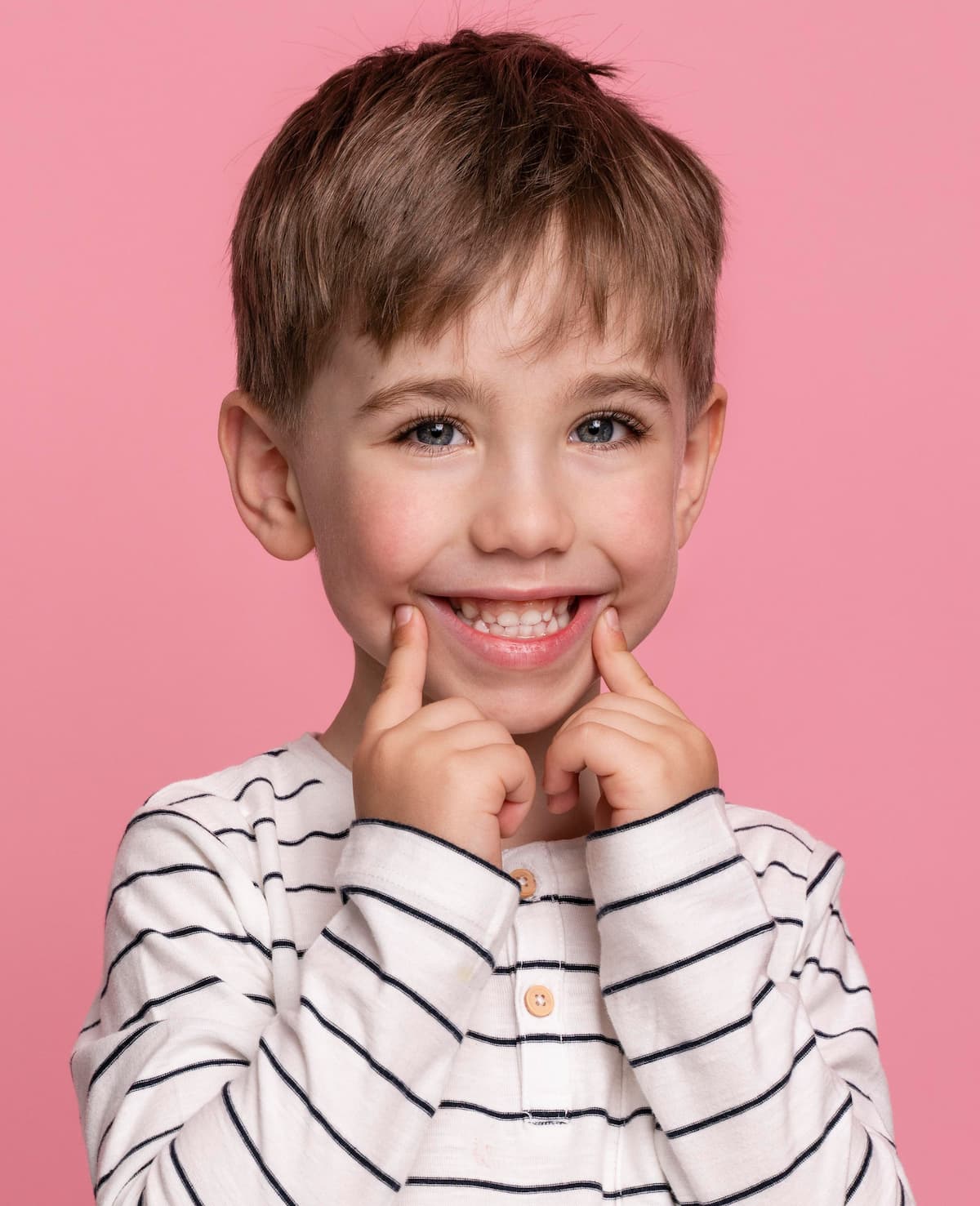
A child’s head and jaws develop faster than any other part of the body. By age 4, 90% of craniofacial development has already occurred.*
The younger our patients start, the better—but it’s never too late to begin treatment.
source: *Liang, C., Profico, A., Buzi, C. et al. Normal human craniofacial growth and development from 0 to 4 years. Sci Rep 13, 9641 (2023). https://doi.org/10.1038/s41598-023-36646-8
Your Child’s Journey to a Good Night’s Sleep
HOW IT WORKS
- Step 1:
Consultation & Assessment
We start with a gentle, thorough consultation to get to know you and your child, review his or her health history, and have you fill out a child-friendly questionnaire. We’ll also take imaging to understand his or her airway structure.
- Step 2:
At-Home Sleep Study
Next, we’ll gather insights into your child’s sleep with an easy, at-home sleep study using a comfortable ring sensor. This allows us to monitor his or her sleep in a natural environment, giving us a clear picture of your child's breathing patterns.
- Step 3:
Personalized Treatment Plan
Based on the findings, we’ll create a treatment plan tailored to your child’s needs. This may include a removable habit corrector, palate expander, Invisalign, or myofunctional therapy to help their airway develop and support restful sleep.
- Step 4:
Check-Ins and Adjustments
Throughout the process, we’ll see you both for periodic check-ins to adjust the treatment plan and ensure everything is progressing smoothly.
- Final Step:
Celebrate Your Results! 🎉
Once we’ve seen improvement in your child’s sleep and health, we’ll review the progress and celebrate his or her journey to better sleep and well-being together.
We’ll listen.We will look at the whole picture. We treat the root cause, not the symptoms. We won’t rest until you do.
our promise
Meet Your DoctorsQuestions About Airway Dentistry for Kids
solutions for sleep disordered breathing
Sleep apnea is a sleep disorder marked by pauses in breathing that last several seconds or more. These pauses can occur numerous times throughout the night, disrupting sleep, lowering oxygen levels in the body, and causing a variety of health complications.
Sleep apnea in children can be caused by a number of reasons, including a small or undeveloped jaw, larger tonsils or adenoids, obesity, and certain medical problems. Sleep apnea symptoms in children might include snoring, gasping for air during sleep, behavioral issues, night terrors, bedwetting, teeth grinding, poor school performance, or daytime lethargy.
Your dental insurance company may cover orthodontic services under a lifetime maximum benefit. Our offices work with most dental PPO plans and will be happy to check your benefits for you. You can also contact your medical/dental insurance company for your specific plan’s coverage related to sleep apnea and orthodontics.
Our doctors, under the leadership of our founder and Chief Dental Officer Dr. Kalli Hale, are highly trained experts in the intersection of dentistry and sleep medicine. Dentists can and do play an essential role in the multidisciplinary care of patients with certain sleep related breathing disorders.
Our range of devices are all made from medical-grade polymer that is free of latex, parabens, phthalates, glutaraldehyde, PFAS, epoxy, and BPA. Our approach is both cosmetic and functional, ensuring a healthy bite for life.
Your nose helps you breathe safely, efficiently, and properly. Nasal hairs filter away dust, allergies, and pollen, preventing them from entering the lungs.
Your nose heats and moistens the air you breathe in, making it easier for your lungs to utilize.
Nasal breathing also produces nitric oxide (NO). NO is a vasodilator, which means it expands the blood vessels. This can help with oxygen circulation in your entire body.
Clean & Modern Offices, Conveniently located in Sugar Land and Friendswood
VISIT US IN GREATER HOUSTON
